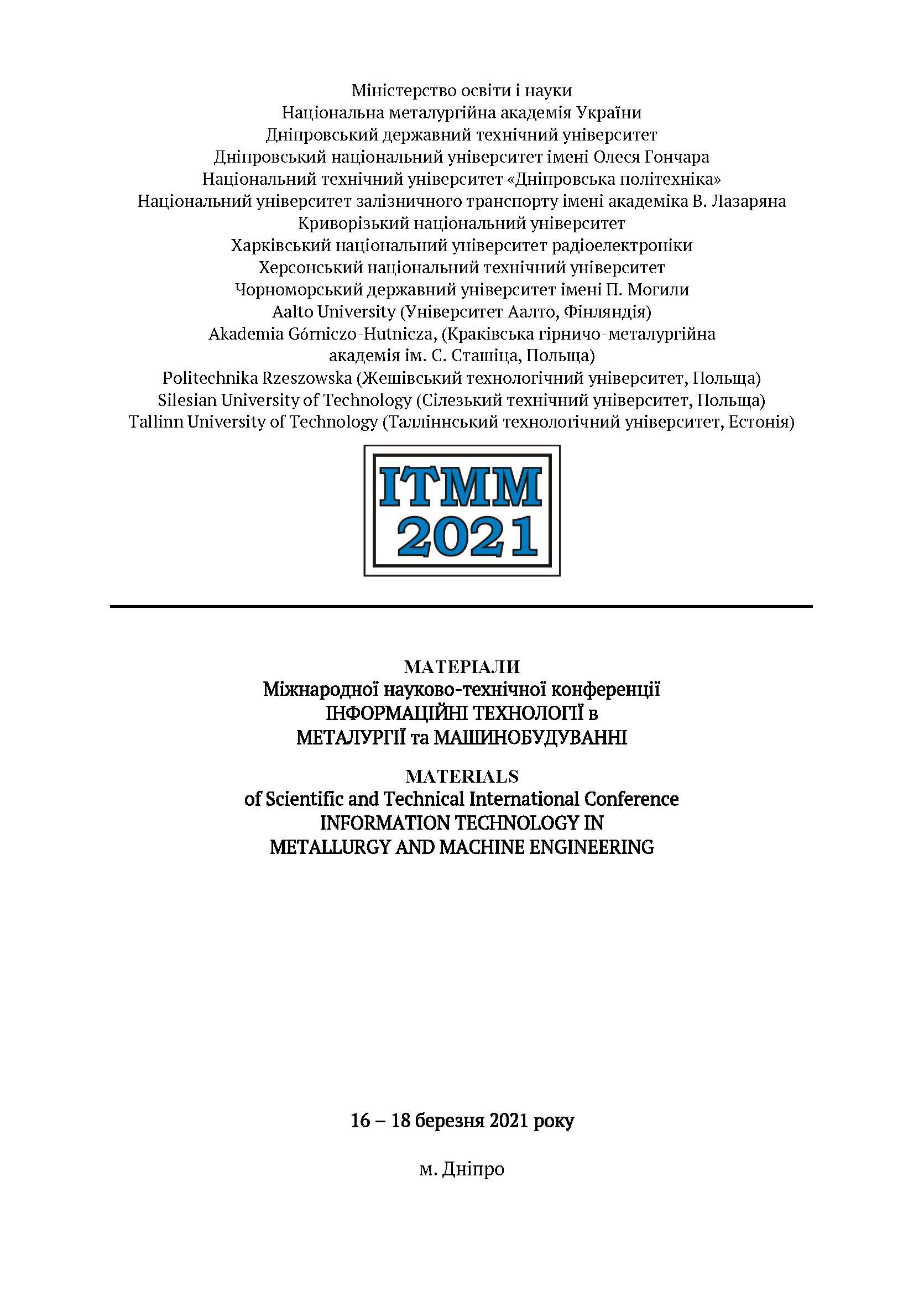COMPUTER MODELLING OF SLAG FOAMING IN CONVERTOR
Анотація
Oxygen converters are often used in steelmaking to remove carbon from pig iron by oxygen blowing and to melt metal scrap as step on the way for producing steel. Slag on the surface of melt inside convertor slows down gas bubbles, which makes great amount of emulsion or foam. Sometime the level of foam can exceed the height of converter bath. To prevent this, metallurgists need to predict such situations and decrease gas blowing accordingly at dangerous periods of converting. After many years of using oxygen converters metallurgists get good experience and know safe modes of this process. However these modes can be improved by mathematical modeling, which takes popularity in our days because it has lower costs than real experiments in a plant or laboratory. Hydrodynamic processes in converter are complex so mathematical model needs to avoid oversimplification and to take into account important details about them. In the previous work model is presented with details about equations (Navier-Stokes) and boundary conditions. Numerical solution is simpler to get than analytical one for such complex model. To check adequacy of the model the following assumptions are used: total amount of gas must be conserved in a case of closed volume as well as field of pressure must increase correspondingly to received amount of gas; in case of moving free surface a level of foam must change accordingly to gas income and return to an initial value after all gas are gone from fluid.
Посилання
. Stadler S.A.C., Eksteen J.J., Aldrich C. An experimental investigation of foaming in acidic, high FexO slags. – 2007, № 20, pp. 1121-1128.
Wu L. S., Albertsson G. J., Sichen D. Modelling of slag foaming // Ironmaking & Steelmaking. – 2010, Vol. 37, № 8, pp. 612-619.
Sattar M.A., Naser J., Brooks G. Numerical simulation of slag foaming in high temperature molten metal with population balance modeling // Proceedings of 5th BSME International Conference on Thermal Engineering. – 2013, № 56, pp. 421 – 428




